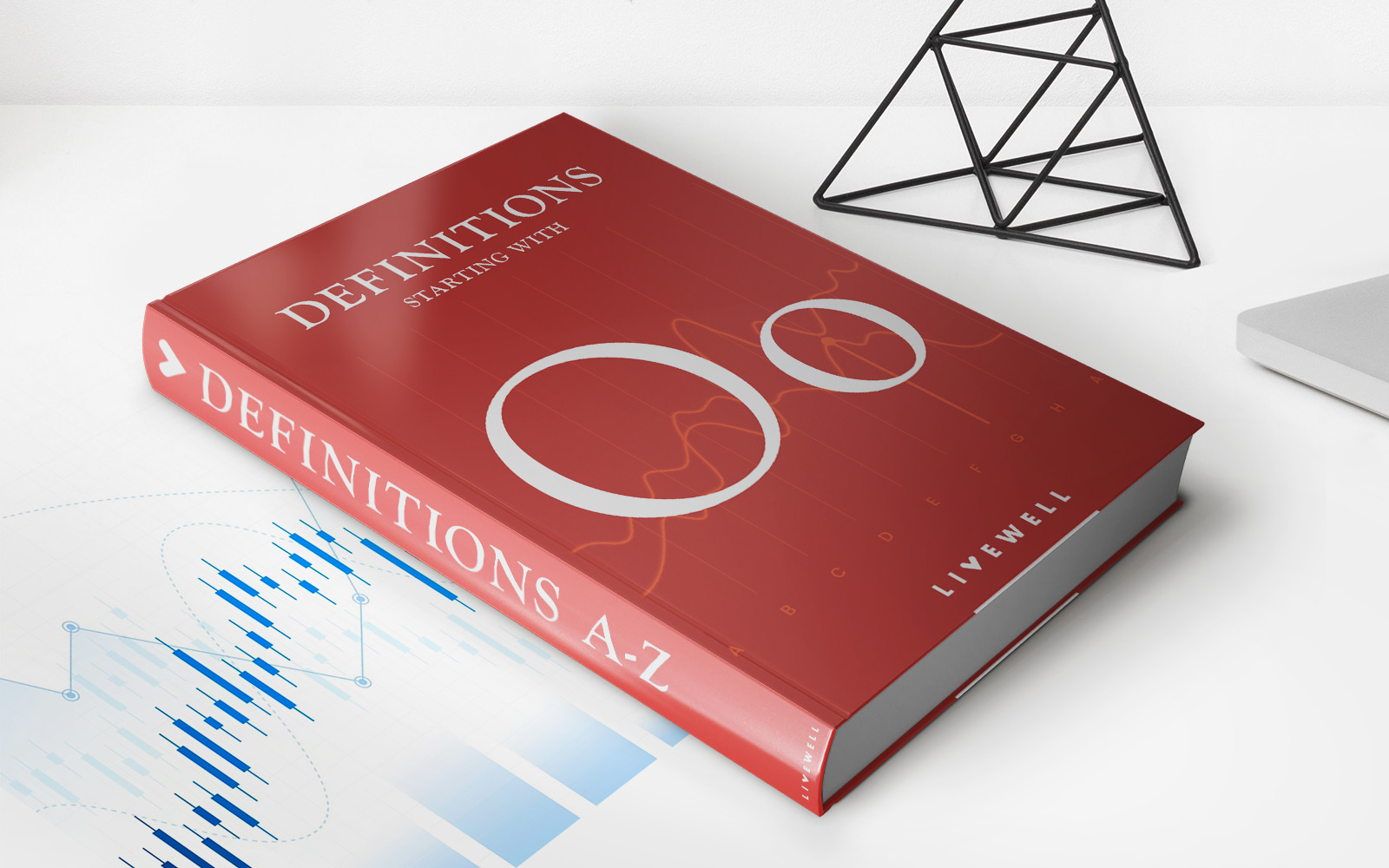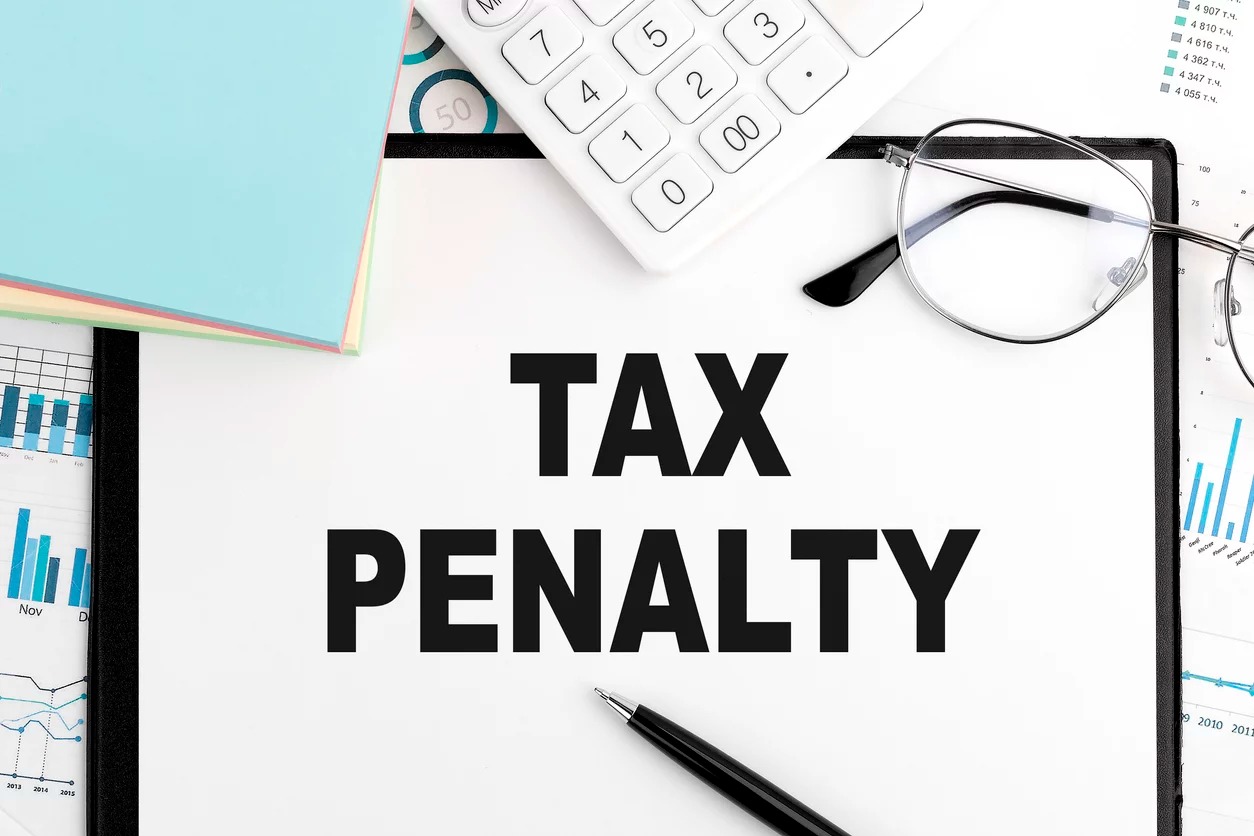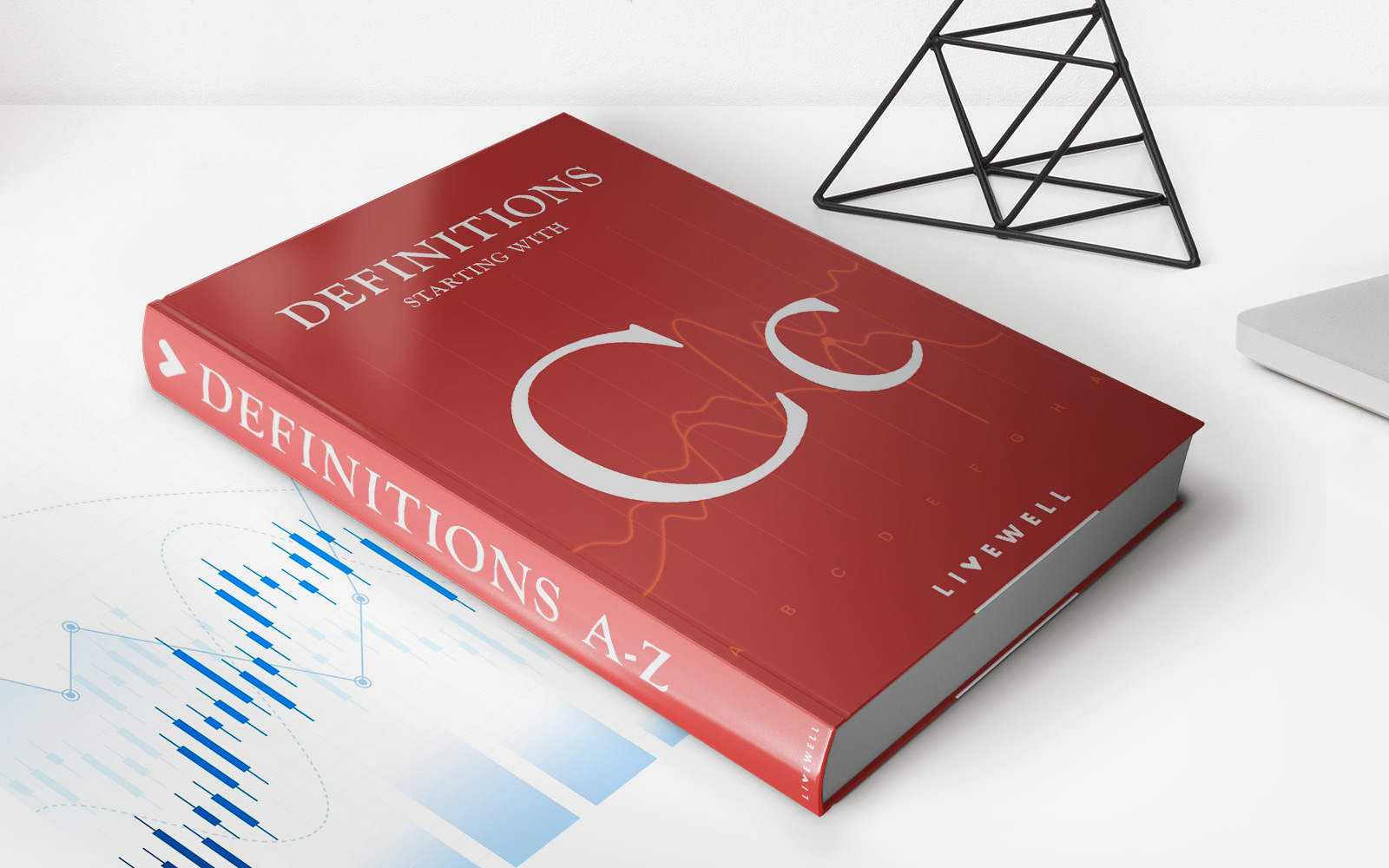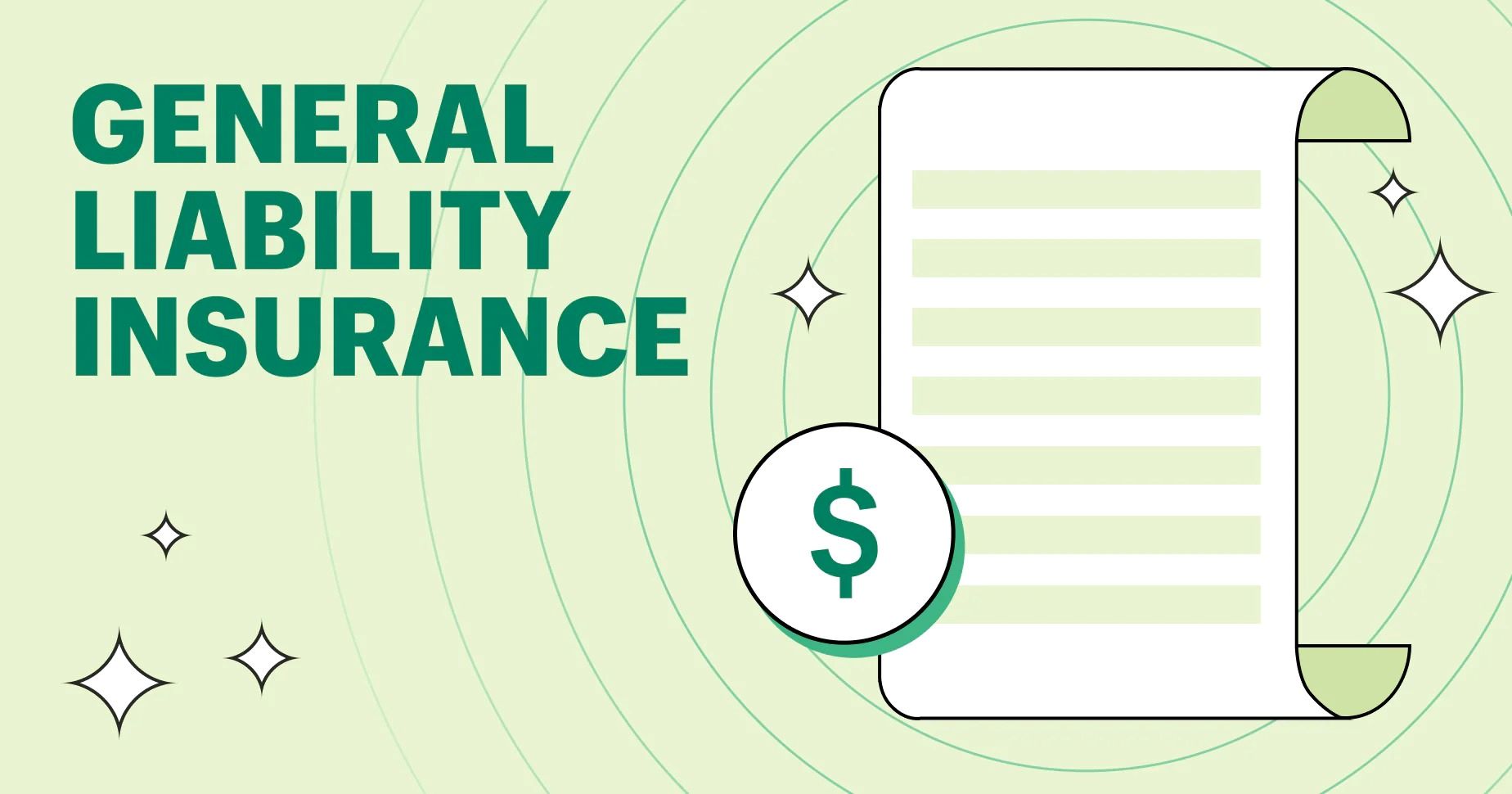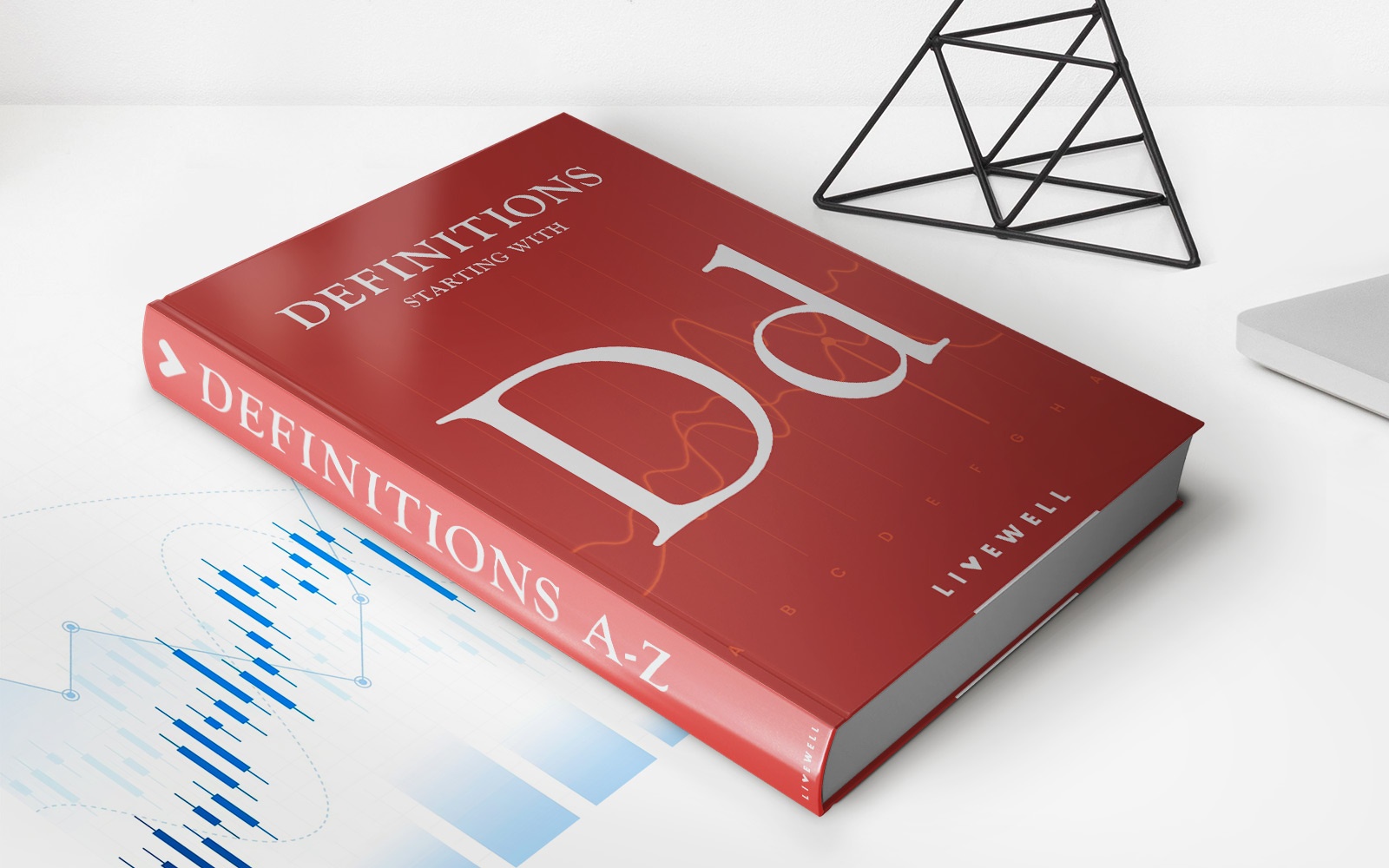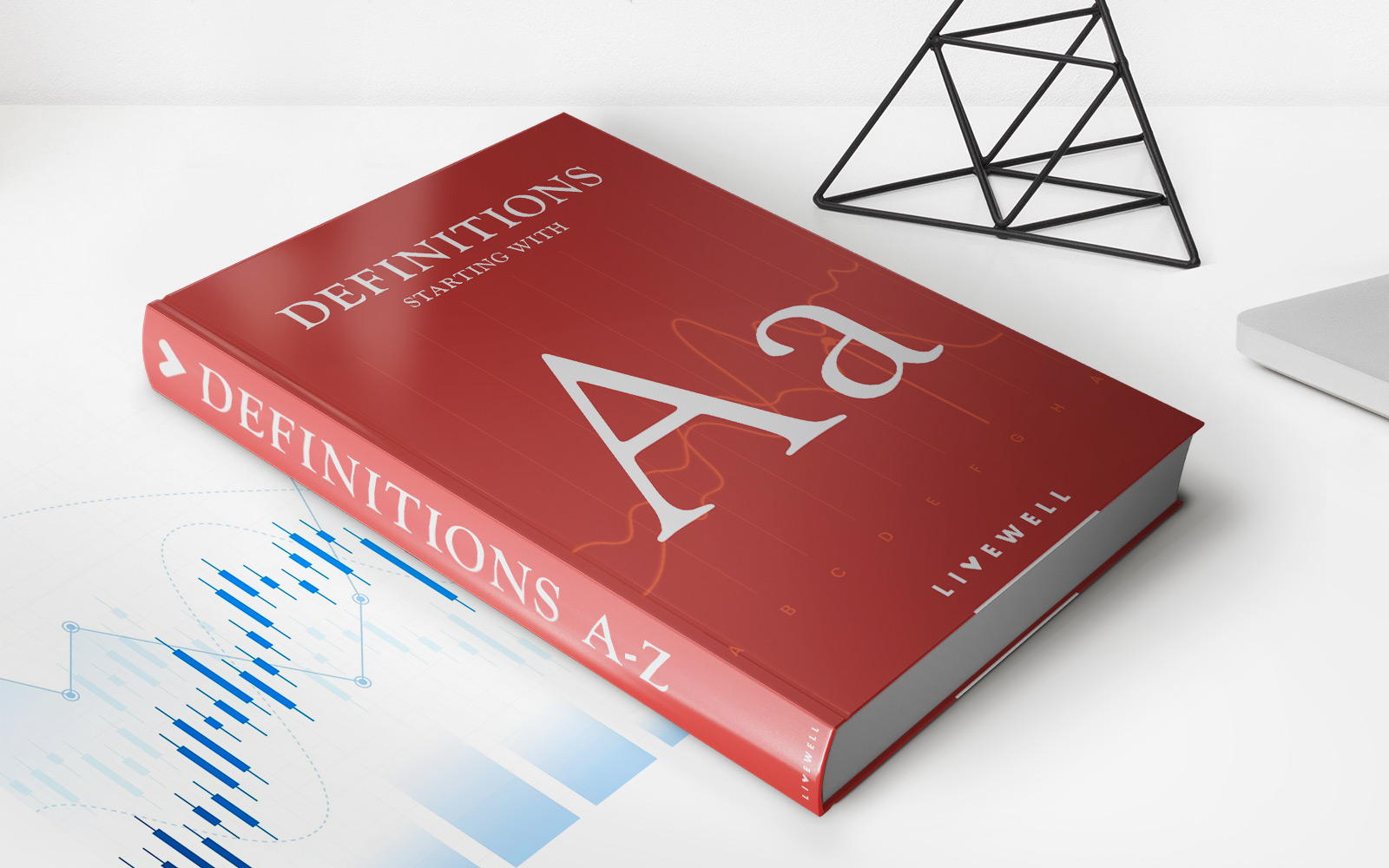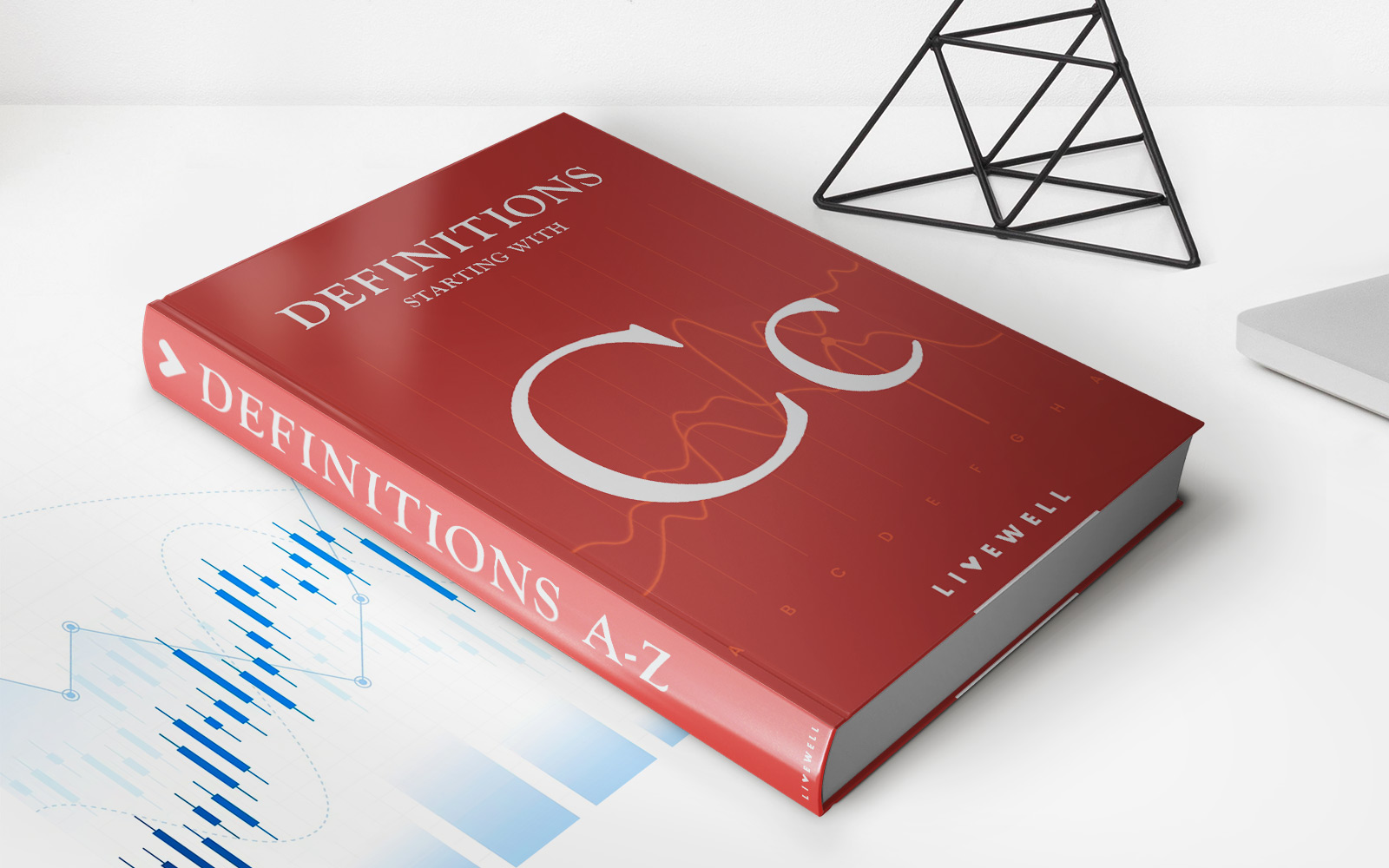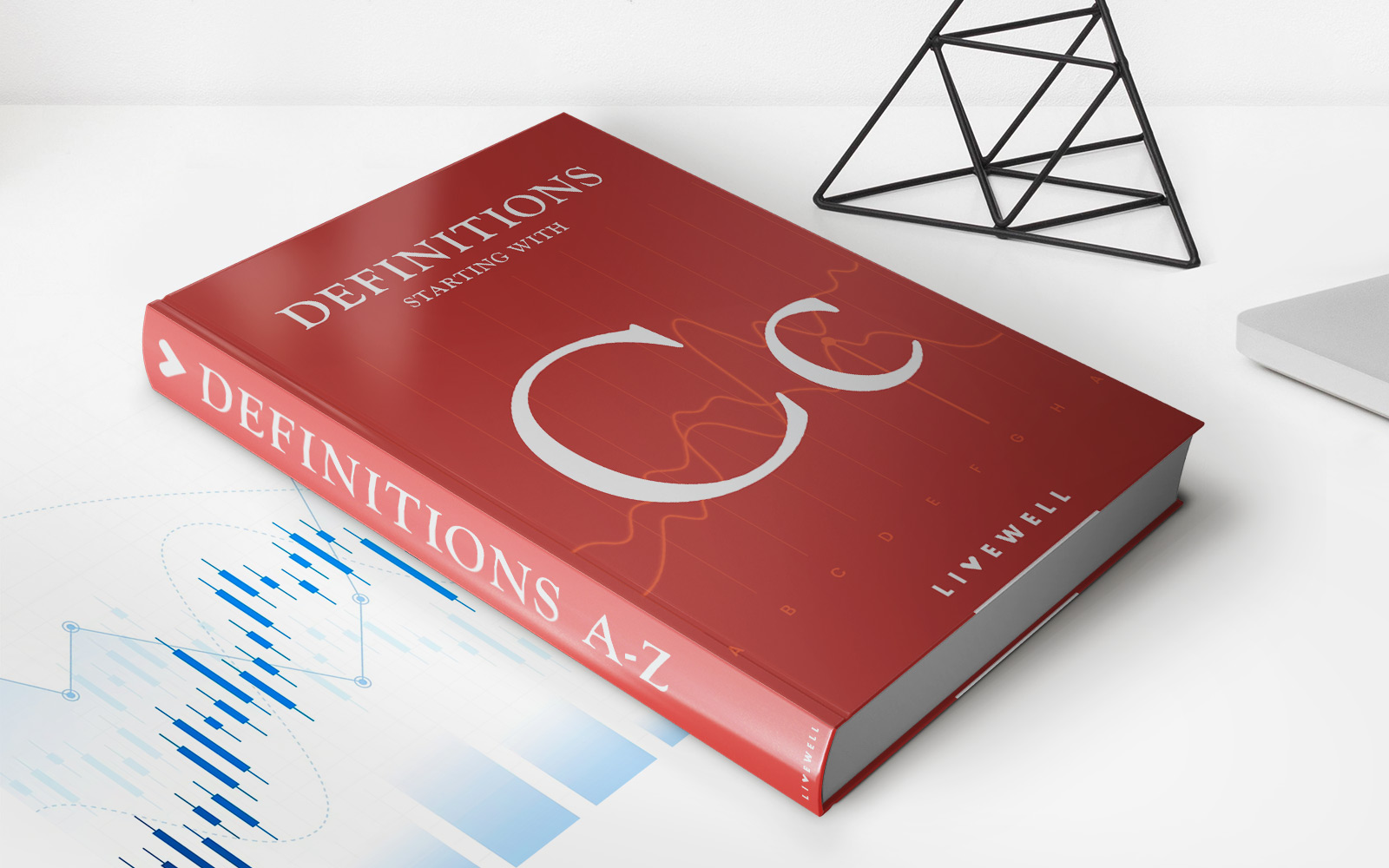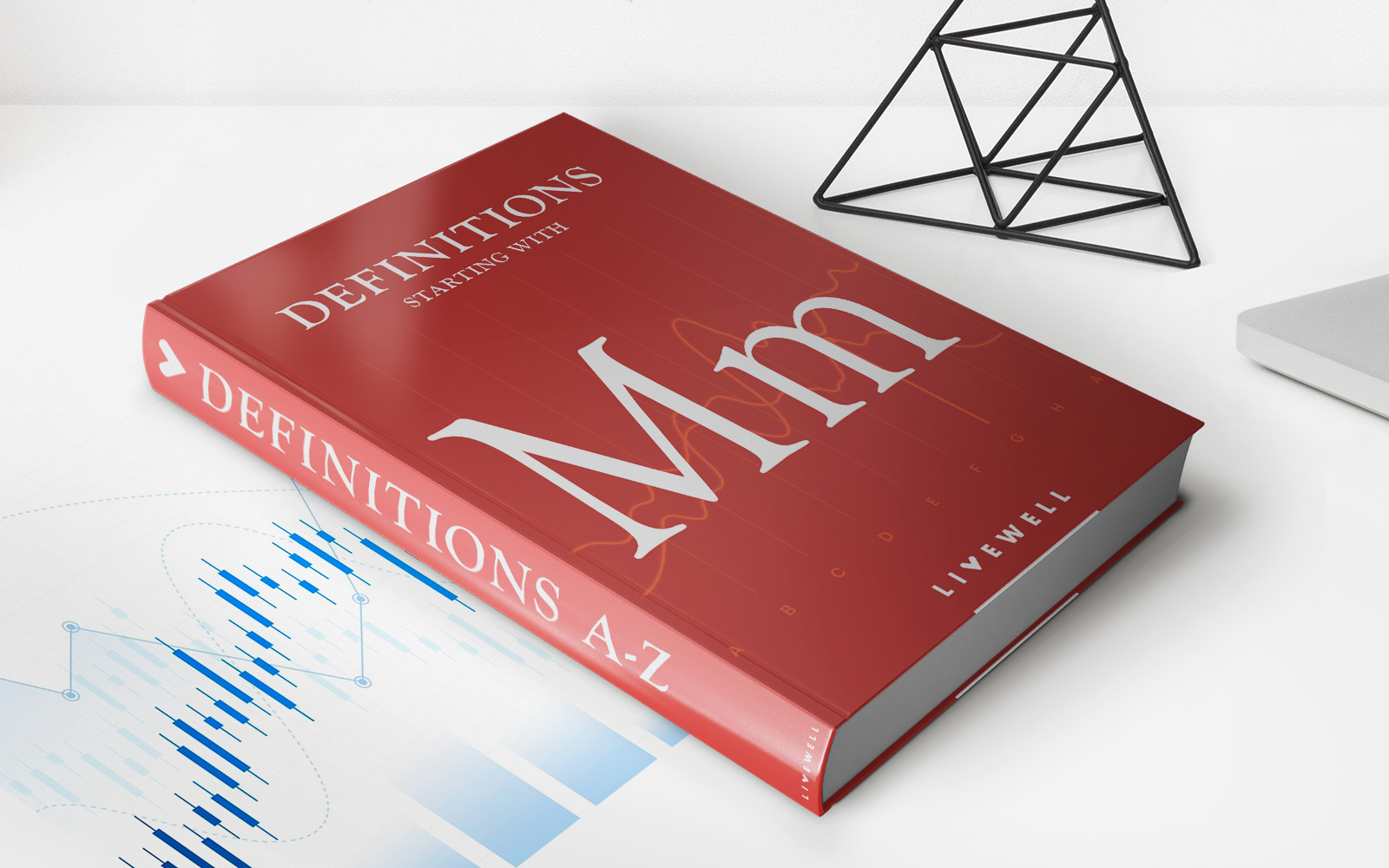Home>Finance>What Are Civil Damages? Definition, Types, And Example Scenarios
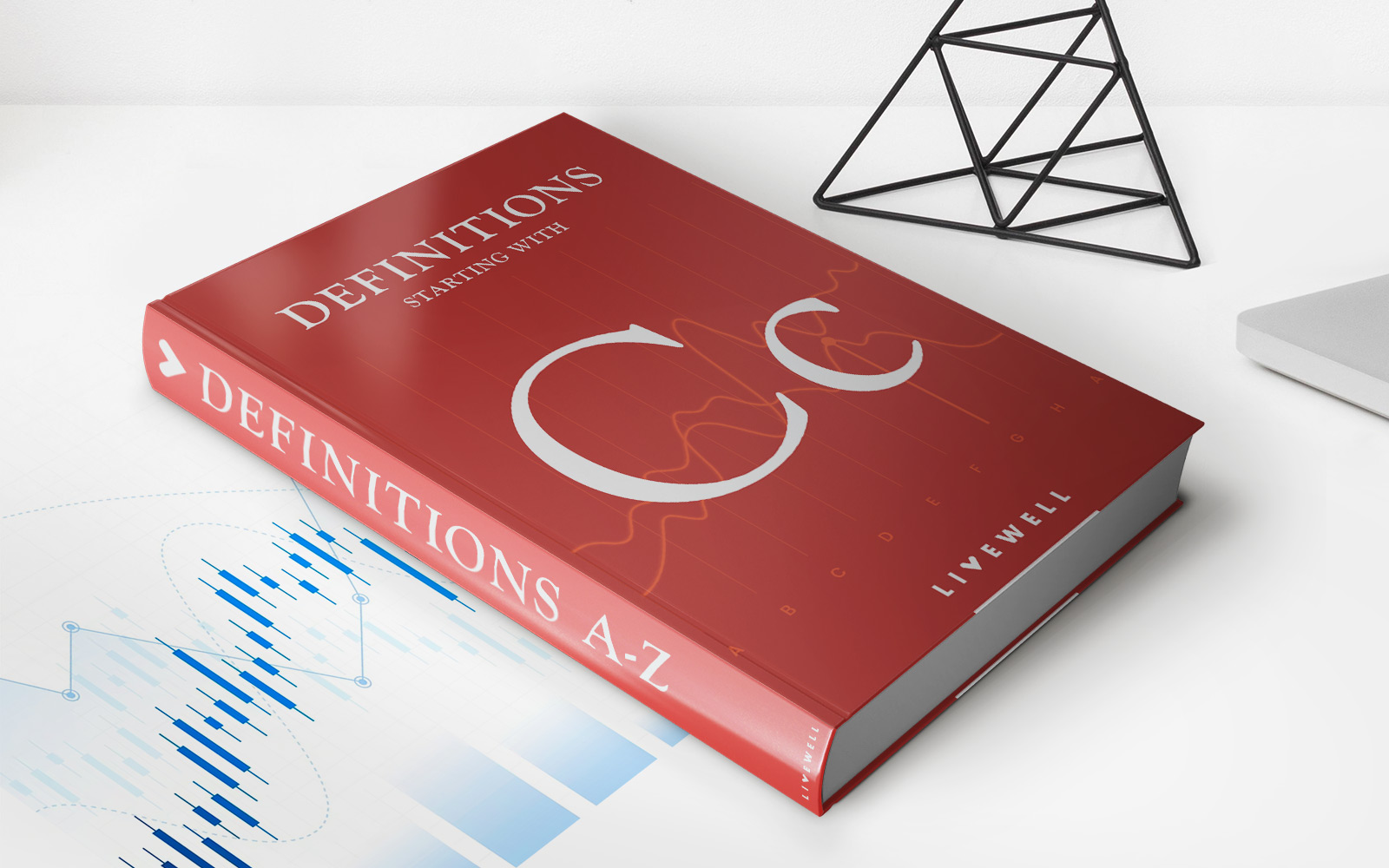

Finance
What Are Civil Damages? Definition, Types, And Example Scenarios
Published: October 27, 2023
Explore the concept of civil damages in finance, including their definition, types, and examples. Gain insight into the potential scenarios involving financial compensation.
(Many of the links in this article redirect to a specific reviewed product. Your purchase of these products through affiliate links helps to generate commission for LiveWell, at no extra cost. Learn more)
Understanding Civil Damages: Definition, Types, and Example Scenarios
When it comes to legal matters, understanding the concept of civil damages is crucial. Civil damages refer to the monetary compensation that a court may award to a plaintiff in a civil lawsuit. These damages are meant to compensate the injured party for any losses or harm they have suffered as a result of the actions or negligence of another party.
Key Takeaways
- Civil damages are monetary compensation awarded to a plaintiff in a civil lawsuit for losses or harm suffered.
- There are several types of civil damages, including compensatory, punitive, nominal, and liquidated damages.
To help shed light on this topic, let’s explore the different types of civil damages and provide examples of scenarios where they may come into play.
Types of Civil Damages
1. Compensatory Damages
Compensatory damages are the most common type of civil damages. As the name suggests, these damages aim to compensate the injured party for their actual losses, including both economic and non-economic damages. Economic damages may include medical expenses, property damage, lost wages, and any other measurable financial losses. Non-economic damages may cover pain and suffering, emotional distress, or loss of companionship. Here’s an example scenario:
- John is involved in a car accident caused by another driver. He sustains injuries that require medical treatment and rehabilitation. Through a civil lawsuit, John can seek compensatory damages to cover his medical bills, lost wages, and the pain and suffering he experienced as a result of the accident.
2. Punitive Damages
Punitive damages are awarded by the court in addition to compensatory damages. These damages are intended to punish the responsible party for their willful misconduct, gross negligence, or intentional malice. The primary goal of punitive damages is to deter similar actions in the future. Punitive damages are typically awarded in cases where the defendant’s behavior is deemed particularly reckless or malicious. Here’s an example scenario:
- Sarah purchases a defective product that causes injury. It is later discovered that the manufacturer was aware of the product defect but still released it to the market. In this case, the court may award Sarah compensatory damages to cover her medical expenses and other losses. Additionally, the court may also award punitive damages to punish the manufacturer for their willful negligence and to deter them from engaging in similar misconduct in the future.
3. Nominal Damages
Nominal damages are symbolic in nature and are typically awarded when a plaintiff suffers little to no actual financial loss. They are usually a small amount, such as one dollar. Nominal damages are often granted in situations where the court recognizes that a legal right has been violated, but the plaintiff’s losses are minimal or difficult to quantify. An example scenario may be:
- Emily hired a contractor to remodel her kitchen, but the contractor failed to complete the job according to the agreed-upon specifications. Although Emily did not incur significant financial losses, the court may award her nominal damages as a recognition of her right to receive the services for which she contracted.
4. Liquidated Damages
Liquidated damages are damages that are agreed upon in advance by the parties involved in a contract. These damages are specified in the contract itself and are meant to compensate for potential losses that may be incurred if one party fails to fulfill their contractual obligations. Typically, liquidated damages are used when it would be challenging to determine the actual amount of damages in the event of a breach of contract. Here’s an example:
- John and Sarah enter into a lease agreement for an apartment. The contract includes a clause stating that if John fails to vacate the premises at the end of the lease term, he will be required to pay $100 per day as liquidated damages until he moves out. If John indeed overstays his lease, the court will enforce the liquidated damages clause, and John will be responsible for paying the specified amount per day until he leaves the apartment.
Civil damages play a vital role in the legal system by providing a means to compensate injured parties and hold responsible parties accountable for their actions. It’s essential to understand the different types of civil damages to navigate the legal landscape effectively. Whether you find yourself in a personal injury case, a breach of contract situation, or any other civil dispute, consulting with an attorney will ensure that your rights are protected and that you receive the appropriate compensation for your losses.
